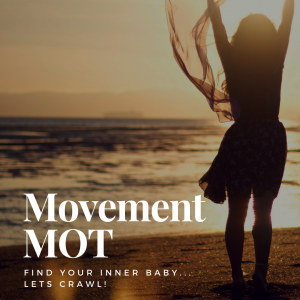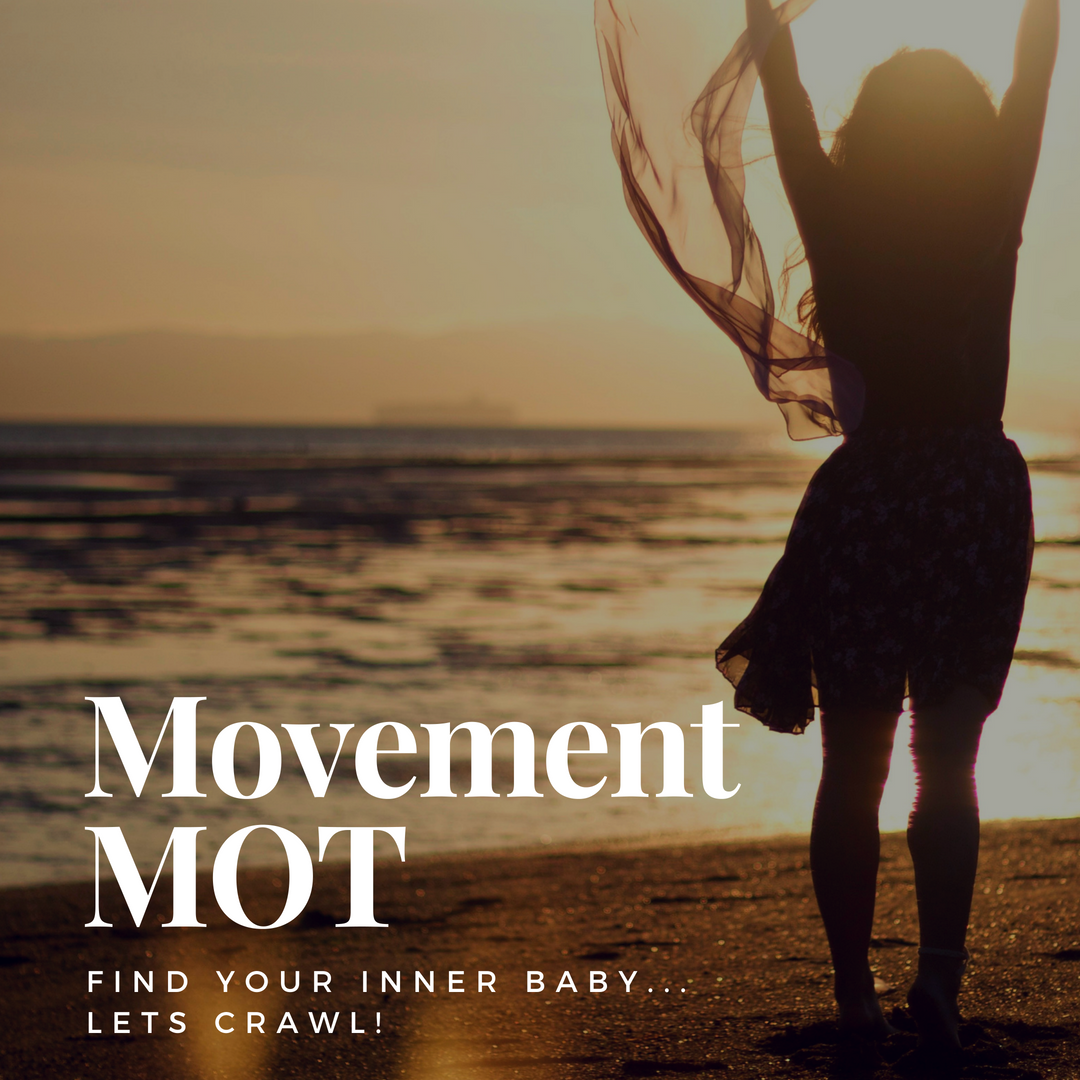
Primal movements – what are they and why should we all be doing them!
- combat the negative effects of sitting
- improve mobility control, coordination and flexibility
- therefore reducing wear & tear and chance of injury
It’s simple. Go back to basics and re-learn natural neuromuscular control through practising movements your body learnt completely naturally as a developing infant.
The premise behind primal movements is to go back to the basics of how we learnt to move as a baby and explore these movements again.
The basic 7 are:
- Bend (at the hip with a straight back)
- Squat
- Lunge
- Rotate
- Push
- Pull
- Gait
Learning to sit, crawl, stand, walk, and run are natural movement evolutions for every human. They happen through exploration, observation, and play and are innate milestones. These stimulate learning in the brain and muscle, creating complex neuro-muscular patters of control from the brain to the musculoskeletal system.
As we mature into adults, our habits change and factors like work, lifestyle and social environments influence our movement patterns. If sustained over a period of time (even as short as two weeks) these start to change the neurological firing patterns and consequentially the movement patterns and control.
This is one of the fundamental osteopathic principles, ‘function governs structure’ when you repeatedly use your body in a particular way it adapts to that. This is essential for learning new skills, sports and motor patterns. But it also goes the other way in that ranges of movement and more complex skills can be just as easily lost.
More often than not the children and adults coming into clinic for sports injuries, symptoms of wear and tear or occupational aches and pains, have lost complex control.
Try incorporating primal movement in your day, whether as a morning stretch and warm up routine, a high intensity training, at yoga or at the gym. Becoming mindful of these primal movements will deepen your practice. It will stimulate your brain and build on whole body development and control. They will help you to develop coordination, balance, stability, flexibility, strength, power and stamina. By training your body as a whole you also stimulate the deep stabilizers in your core, which in the real world, are the basis for everything. These muscles are turned off when we train muscle isolation exercises such as bicep curls.
In clinic I often observe where movement patterns break down in adults, to re-connect is fun and effective and can be adapted for most situations and ages.
Fitness and training are changing.. we know sitting in chairs all day is damaging to our health, limits flexibility and creates stiffness. We know repeating exercises that train one muscle in one dimension is counter-productive an dhas no bearing on improving function.
The concept of training muscle has given way to training MOVEMENT.
There are many different progressions and tools you can use to train the primal movements.. unsure? Get in touch.
I incorporate these principals daily in my advice to patients and if you want o go further and really use these principles to train we can point you in the right direction, just ask!
We can give you a movement MOT, identify the gaps and find ways of optimising your movement whatever your situation.
Lily
DO, MOst, BSc(Hons), ND
Osteopath & Naturopath


